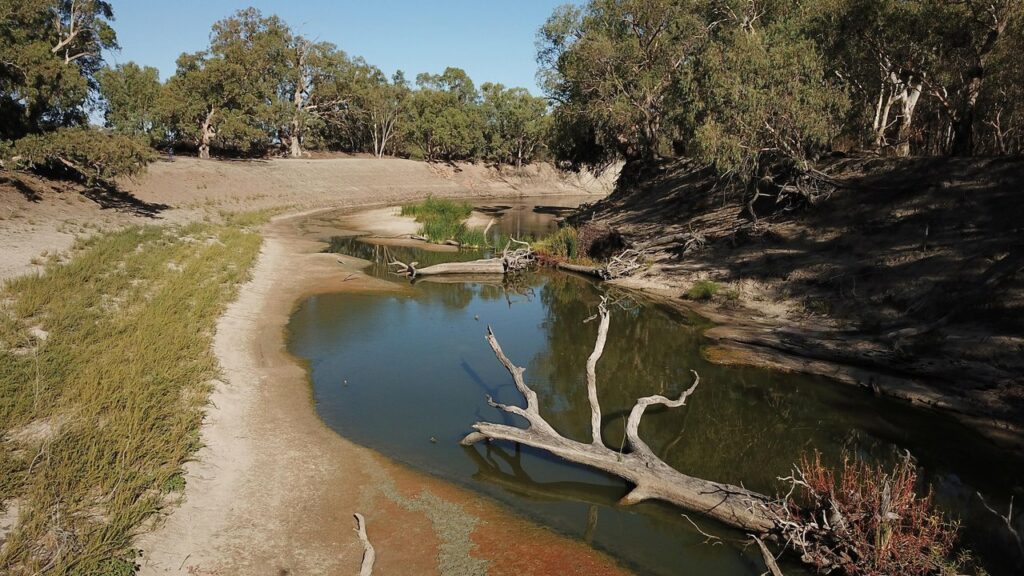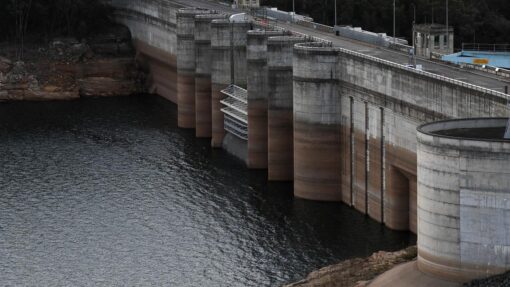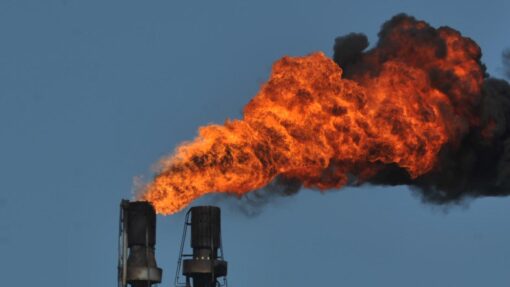Climate poses risk to Murray-Darling Basin: authority
Adrian Black |

The Murray-Darling Basin Plan needs flexibility to balance the water needs of people and the environment and to prepare for a drier future for Australia’s largest river system.
At the Murray-Darling Basin Authority’s River Reflections conference in Albury, the organisation’s chair Sir Angus Houston noted emerging changes since the plan was signed into law in 2012.
“It is an opportunity to transition from the much-needed Basin Plan as an intervention to over-allocation during the desperate days of the millennium drought to a plan fit for the future,” Sir Angus told the conference.
An early insights paper on the authority’s upcoming plan review identified climate change and the drier basin it could bring posed risks to communities, first nations’ objectives, the environment, employment, tourism and recreation.
The Murray-Darling Basin provides drinking water for three million Australians and contributes $45 billion to the Australian economy between agriculture and tourism alone.
The plan has delivered an annual return of 2200 gigalitres of water to the river system, well short of the eventual goal of 3200 gigalitres.
“From what we know now, the impacts of climate change in the northern basin will likely differ to those of the south,” Sir Angus said.
The impacts of climate change are expected to be different in the northern basin, located in southern Queensland and northern NSW and runs into the Darling River system, while the southern basin, which covers southern NSW, much of Victoria and eastern SA, flows into the Murray River, he said.
“We expect the southern basin will have a steady or underlying drying trend and we may already be experiencing this despite recent flooding,” Sir Angus said.
“In the north, the signals are less clear.”
Half of the driest 24 years for the southern basin ever recorded occurred in between 1998 and 2020, the authority chair said.
The conference this week brings together water users and other stakeholders from the 1400km-long basin, and the often opposing perspectives on how the water should be used.
“Nothing is more contested or more complex in my experience than working in water,” chief executive Andrew McConville told the conference.
“That’s not a responsibility that I or my team at MDBA take lightly.”

It’s two years to the day since Mr McConville’s appointment by former federal water and resources minister Keith Pitt, and the authority chief reflected on advice from the former minister.
“He said, ‘if everyone disagrees with you and hates you in equal measure by the time you finish, you’ve done a good job’.”
Mr McConville pledged that any solutions offered by the authority would come from stakeholder contributions, not the organisation itself, and that its process would be transparent and fair.
“Because it’s worth thinking a little bit about what’s at stake: 8500 agricultural businesses in the basin, farm output of more than $30 billion a year, a tourism industry worth $15 billion a year,” he said.
“And water from 23 rivers, bringing life to the environment, to wetlands, to communities, to towns over more than a million square kilometres.”
The conference continues Wednesday and Thursday.
AAP


